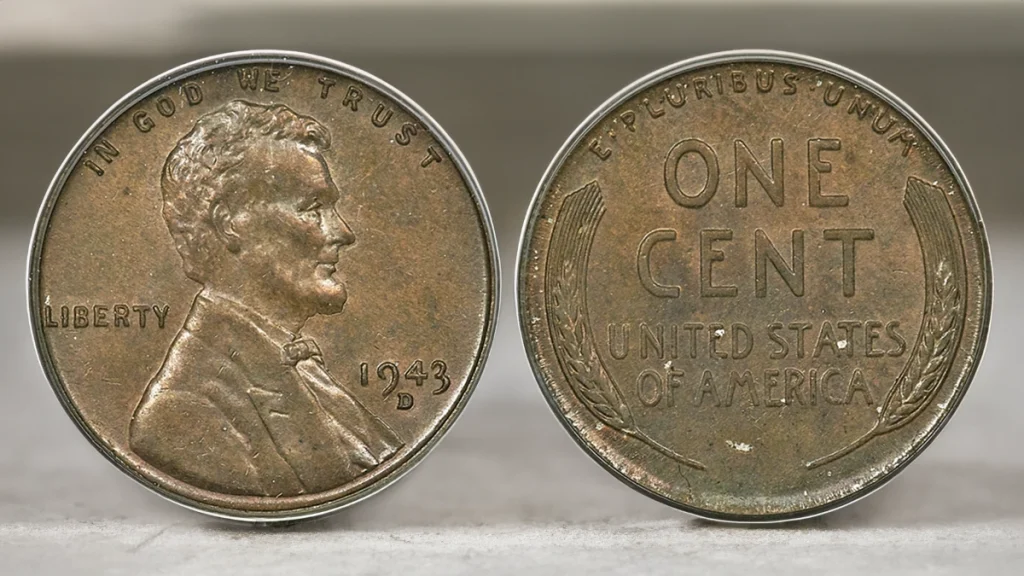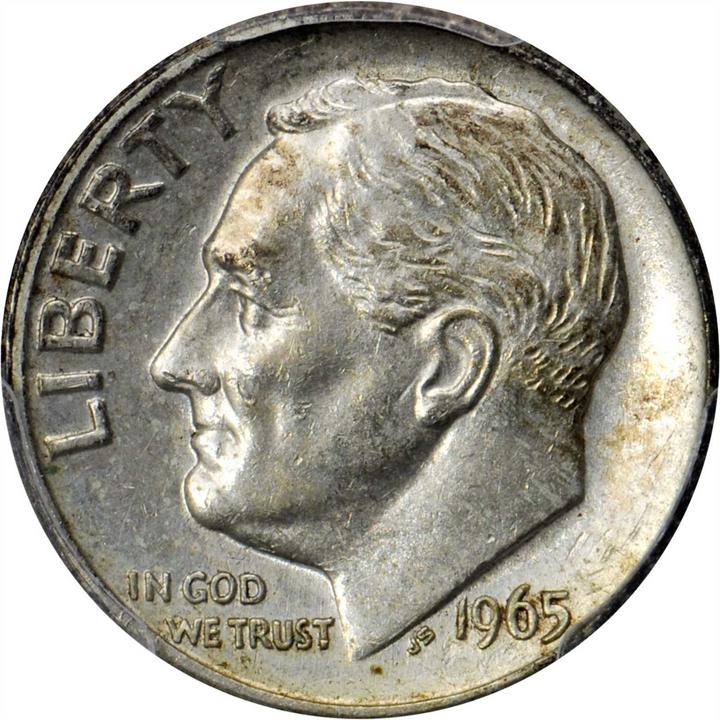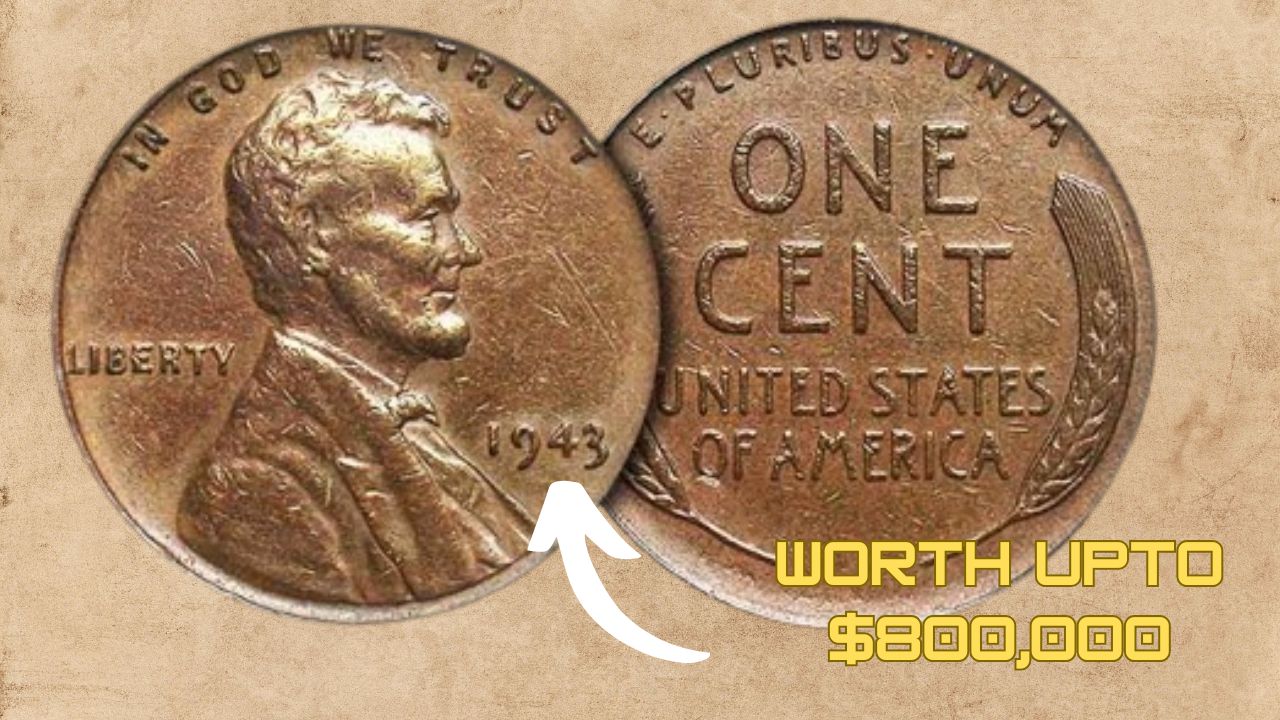Coin collecting is a hobby that combines history, art, and the thrill of discovery. Among the most coveted items are coins with minting errors—mistakes made during production that render them unique. These errors can transform ordinary coins into valuable treasures. Let’s explore five famous coin minting mistakes and their remarkable values.
The 1943 Copper Penny
Historical Context
During World War II, the United States faced a shortage of copper, a metal essential for wartime production. To conserve resources, the U.S. Mint shifted from producing copper pennies to zinc-coated steel ones in 1943.
The Minting Error
Despite the change, a few copper planchets (the metal discs used to strike coins) remained in the minting presses. These leftover planchets were mistakenly stamped, resulting in a limited number of 1943 copper pennies.
Value to Collectors
The rarity of these pennies makes them highly desirable. In auctions, a 1943 copper penny has fetched over $800,000, depending on its condition and provenance.

The 1955 Doubled Die Lincoln Cent
The Minting Error
A misalignment during the minting process caused the design to be impressed twice on the coin’s die, slightly offset. This error led to noticeable doubling of the date and inscriptions on the obverse side.
Identifying Features
Collectors can spot this error by the clear doubling of the numbers in the date “1955” and the inscriptions, such as “LIBERTY” and “IN GOD WE TRUST.”
Value to Collectors
The 1955 Doubled Die Lincoln Cent is a prized possession among numismatists. Depending on its condition, this coin can command prices over $1,000.
The 2000 Sacagawea Dollar–Washington Quarter Mule
The Minting Error
A mule error occurs when a coin is struck with mismatched obverse and reverse dies. In this case, the obverse of a Washington quarter was paired with the reverse of a Sacagawea dollar.
Rarity and Discovery
Approximately 18 specimens of this error are known to exist, making it exceptionally rare. The U.S. Mint confirmed the legitimacy of this error in 2000.
Value to Collectors
One of these mule coins sold for $155,250 in August 2012, highlighting its significant value to collectors.
The 1965 Silver Roosevelt Dime

Historical Context
In 1965, the U.S. Mint transitioned from silver to a copper-nickel clad composition for dimes. However, some silver planchets from previous years were inadvertently used.
The Minting Error
These dimes, struck on silver planchets post-transition, are considered minting errors. They can be identified by their weight and the absence of a copper core visible on the coin’s edge.
Value to Collectors
Depending on their condition, these error dimes can be worth up to $7,000, making them a valuable find for collectors.
The 1974 Aluminum Penny
Historical Context
In response to rising copper prices, the U.S. Mint experimented with aluminum pennies in 1974. Although over a million were produced, they were never officially released into circulation.
The Minting Error
A few aluminum pennies escaped destruction and found their way into private hands, making them rare and highly sought after.
Value to Collectors
These elusive coins have been valued at over $200,000, reflecting their rarity and the intrigue surrounding their existence.
Conclusion
Minting errors offer a fascinating glimpse into the complexities of coin production. For collectors, these mistakes are more than mere anomalies; they are treasures that tell unique stories. So, next time you come across an unusual coin, take a closer look—it might just be a hidden gem.
FAQs
What is a coin minting error?
A coin minting error occurs when a mistake happens during the production of a coin, resulting in anomalies such as misstrikes, incorrect planchets, or design mismatches. These errors can make the coin unique and often increase its value to collectors.
How can I identify a valuable minting error?
Identifying a valuable minting error involves careful examination of the coin for anomalies such as doubling of images or inscriptions, off-center strikes, incorrect metal composition, or mismatched designs. Consulting reputable numismatic resources or professionals can provide further guidance.
Are minting error coins legal to own?
Yes, minting error coins are legal to own. They are considered collectibles, and owning them does not violate any laws. However, it’s essential to ensure that the coin was acquired through legal means and not obtained illicitly from mint facilities.
My Name is Chris Mueller , I Work as a Content Writer for Sugyan and I like Writing Articles
